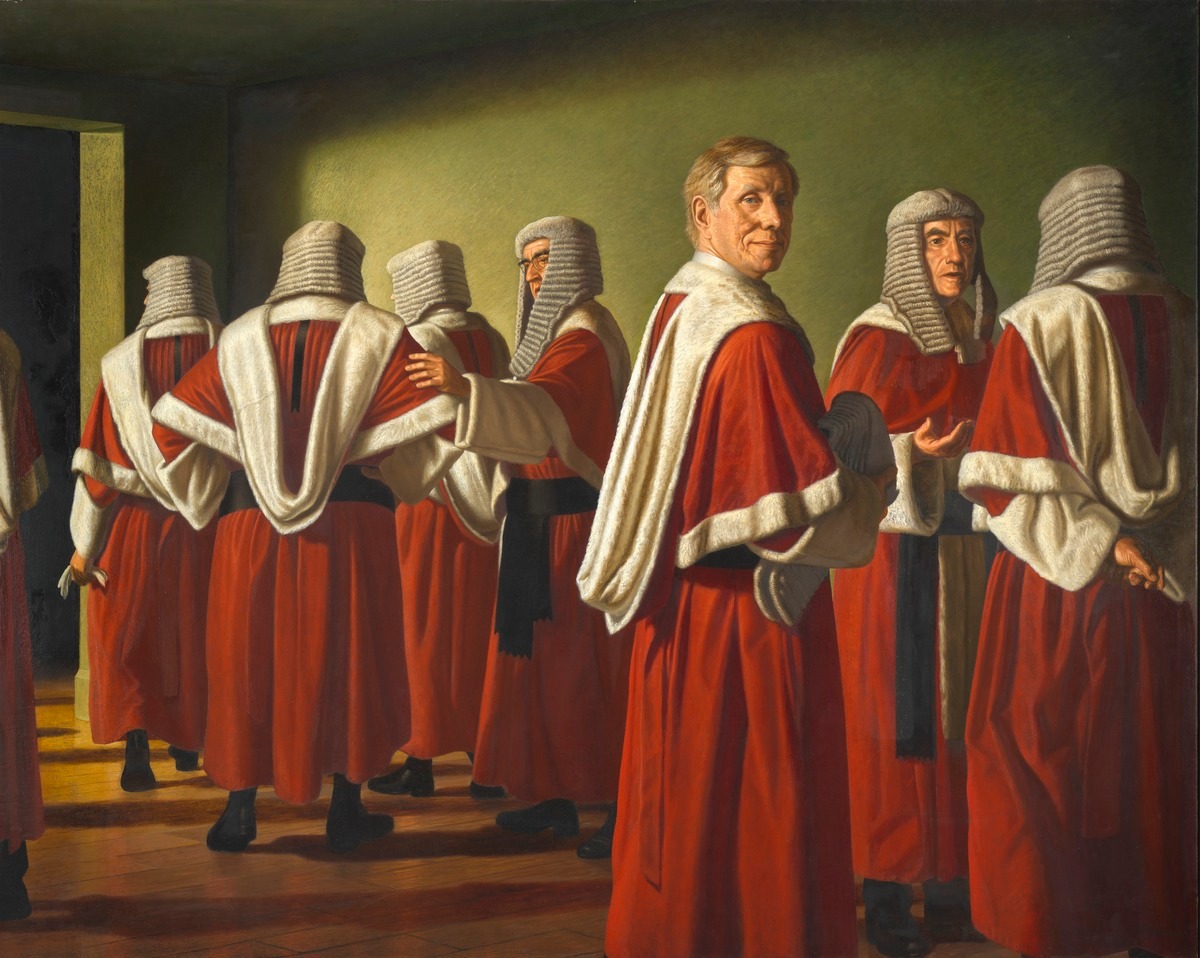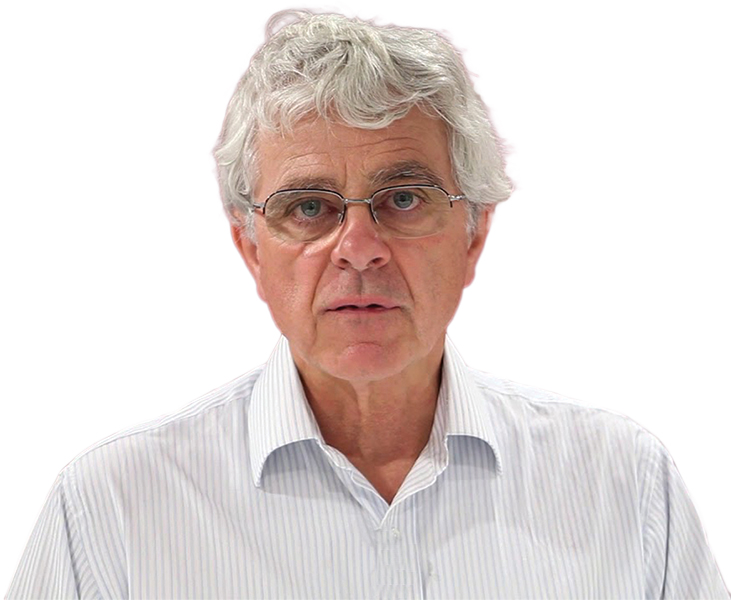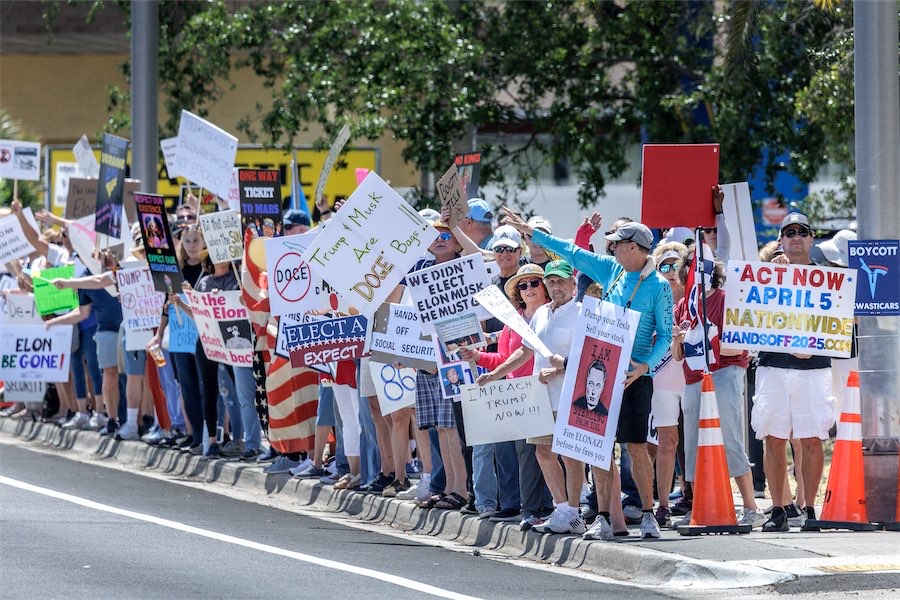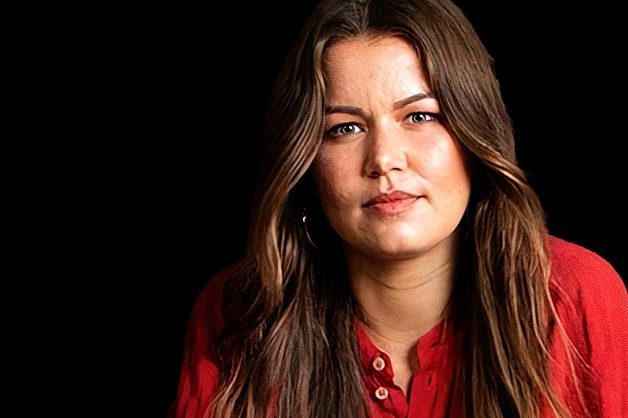
Legal columnist HUGH SELBY reflects on the lonely deliberations of Justice Michael Lee, who has the task of coming to a decision on Bruce Lehrmann’s defamation action against Network 10 and journalist Lisa Wilkinson.
OVER this festive season when our thoughts linger on moments of happiness and our hopes for the next year of our lives, spare a good vibe for Justice Michael Lee.

It was he who had to maintain – as he did – his facial mien of complete objectivity for week after week, not only for the lawyers in front of him but the many thousands of interested YouTube viewers.
Defamation actions all too often end with the wrecking of the key players. Even to win can be a loss. People set out on this legal quest with much the same spirit as young adventurers, certain not only of the rightness of their cause, and their near immortality, but that it will bring them victory.
Ah, victory, how sweet it is, that is if it is not the false call of the sirens. Remember them: they had beautiful voices, irresistible to listeners. They used their songs to lure sailors to the rocky shores of the sirens’ home, where the sailors were drowned and eaten by monsters. Readers are free to choose the sirens and the monsters they saw and heard in this case.
There are such choices because the observation points for observing the sirens and the monsters, as the contestants drew ever closer to those rocky shores, are so varied among all those who have followed this drama.
Readers should recall the sirens’ allurements that describe a fantastical procession that started with kisses in a local bar, ubered to Parliament, begot “on again, off again” allegations of rape, a swirl of conspiratorial embellishments, a mismanaged prosecution, a Logie, an inconclusive trial, a large but inexplicable payout to a key figure, and then, the just completed blockbuster which combined “dissection” with “reimagining” in Justice Lee’s courtroom.
There was a bizarre incident in the final days when one of those kissers, accompanied by a key player who never entered the witness box, jetted away, clothed in white, to a faraway land. It was beautifully choreographed, but was it well timed?
The principal characters seemed strong when they entered the witness box to declaim their account with the help of their senior, experienced advocates. One by one, most but not all – young and not so young – left that box, following cross-examination, diminished by the exposure of errors and the not-so-plausible.
Various cloaks of plausibility were stained, rent, then removed, showing observers that what lay beneath was often far from perfect.
Those observers who had embraced single-minded causes (of which there are three or four in this saga since 2019) found their cause to be wrapped in tackiness.
Hubris was everywhere at the start. It had vanished by the finale.
As the errors, misdescriptions, memory oversights, exaggerations and fantasies piled up I hoped for a change in the tide, in the wind, or whatever. I hoped that the contestants would find common cause in a private meeting where the genie of fiendish delights was put back in its bottle and the parties decided that their combined intellects would be better spent on a negotiated solution, that being a solution that meant that Justice Lee would not be writing words in stone about their believability or lack of it.
My hopes were, as I suspect their reputations will be, dashed upon those rocky shores.
Keep in mind that a reputation fleetingly “diminished” in the media gaze is preferable to the permanency and authority of a decision carefully considered and well written by an experienced, respected jurist.
Back in 1990, Michael Kirby, then president of the NSW Court of Appeal, delivered a conference paper (later published in a premier law journal) on the writing of judgments.
His conclusion, written decades before YouTube access to court hearings, begins: “Courts are public theatres in which many of the human dramas of society are played out in an abbreviated and somewhat stylised fashion”.
Early in the paper, dealing with the “The Readers of Judgments” he points out that, “in closely fought and expensive litigation, the loser is entitled to have… a candid explanation of the reasons for decision… [so as] to uphold the intellectual integrity of our system of law which must daily demonstrate… its adherence to the law, attentiveness to argument, impartiality and logical reasoning”.
He might have added that the required “impartiality” reflects the difficult job of evaluating competing pieces of evidence. A preference for one asserted fact over another asserted fact reflects an assessment of what was the most likely context, along with conclusions about the respective levels of believability of witnesses who are offering competing versions of a fact.
Making the task more difficult is that a judge may find that a witness has high believability on one topic, but low believability on another.
There’s a well-known painting by Ralph Heimans of Michael Kirby from 1998. You can see it, and the story behind it, at “Radical Restraint Justice Michael Kirby”, National Portrait Gallery
Imagine that it is Justice Michael Lee, not Justice Michael Kirby in that picture (Lee is a similar age to that of Kirby at the time). Doing that, one can imagine all the other judges departing, leaving Michael Lee to ask us: “Why me?”.
Mainstream media did not report one of Justice Lee’s questions during the closings. It was along the lines of: “When I have my draft reasons prepared, would you – the lawyers – like to come back and we can discuss points where I am undecided?”
There was no “buy in”. They want him to walk alone, following that lonely path so often followed by the first-instance trial judge.
The late Philip Kerr in”‘The Other Side of Silence” has his jaded hero Bernie Gunther explain to a “piece of vile work” Hennig the difference between vengeance and revenge. “Revenge is personal. An act of passion. An injury is revenged. But I think vengeance is about justice”.
Revenge and vengeance figure in this modern day morality play. There is more of both to come – more to titillate, to entertain, to dismay, even to remove the blindfold from justice.
Hugh Selby is a former barrister. His free podcasts on “Witness Essentials” and “Advocacy in court: preparation and performance” can be heard on the best known podcast sites.
Who can be trusted?
In a world of spin and confusion, there’s never been a more important time to support independent journalism in Canberra.
If you trust our work online and want to enforce the power of independent voices, I invite you to make a small contribution.
Every dollar of support is invested back into our journalism to help keep citynews.com.au strong and free.
Thank you,
Ian Meikle, editor









Leave a Reply